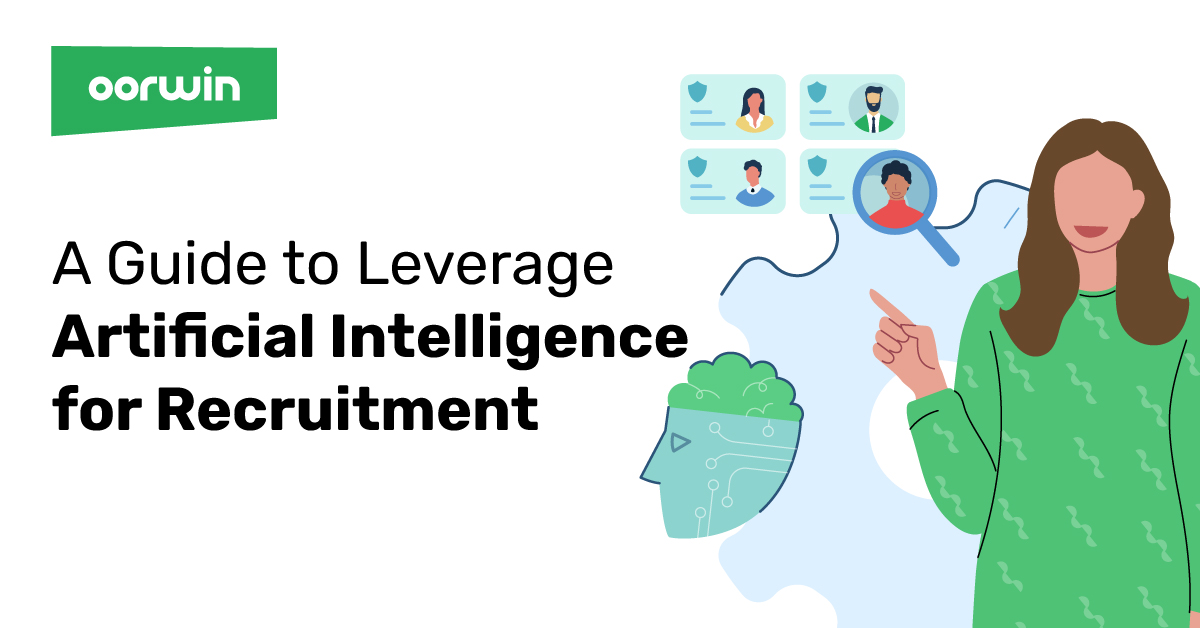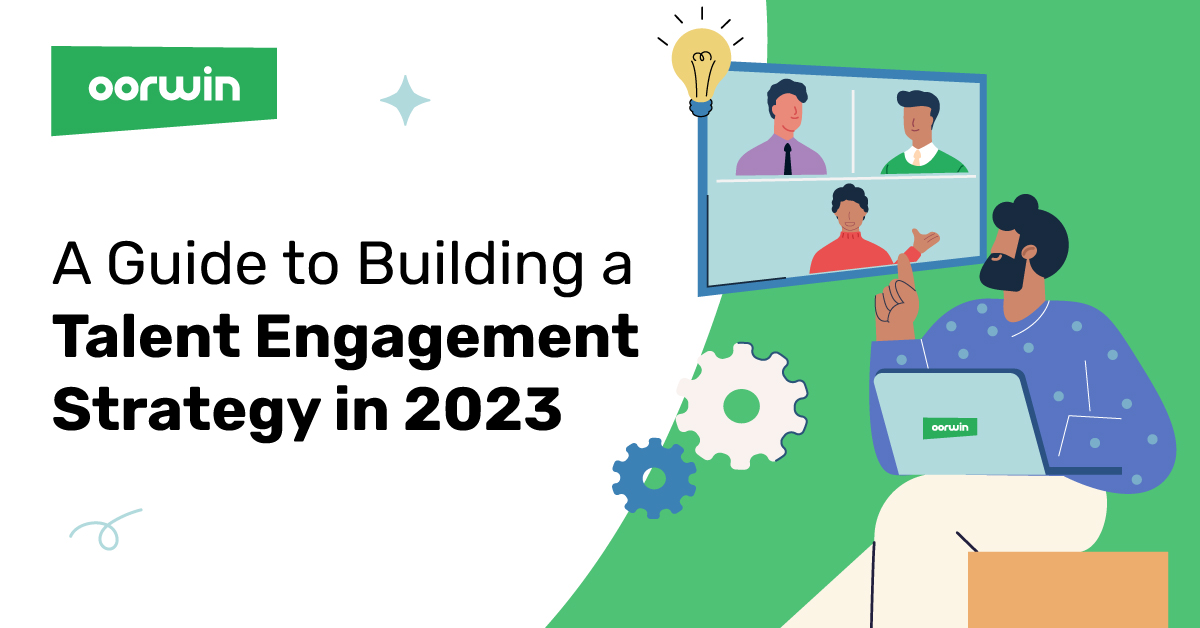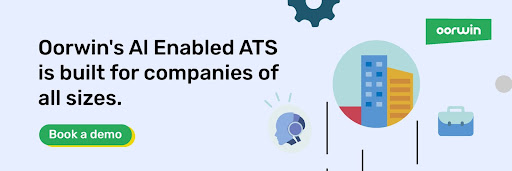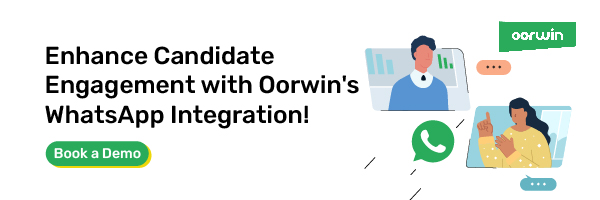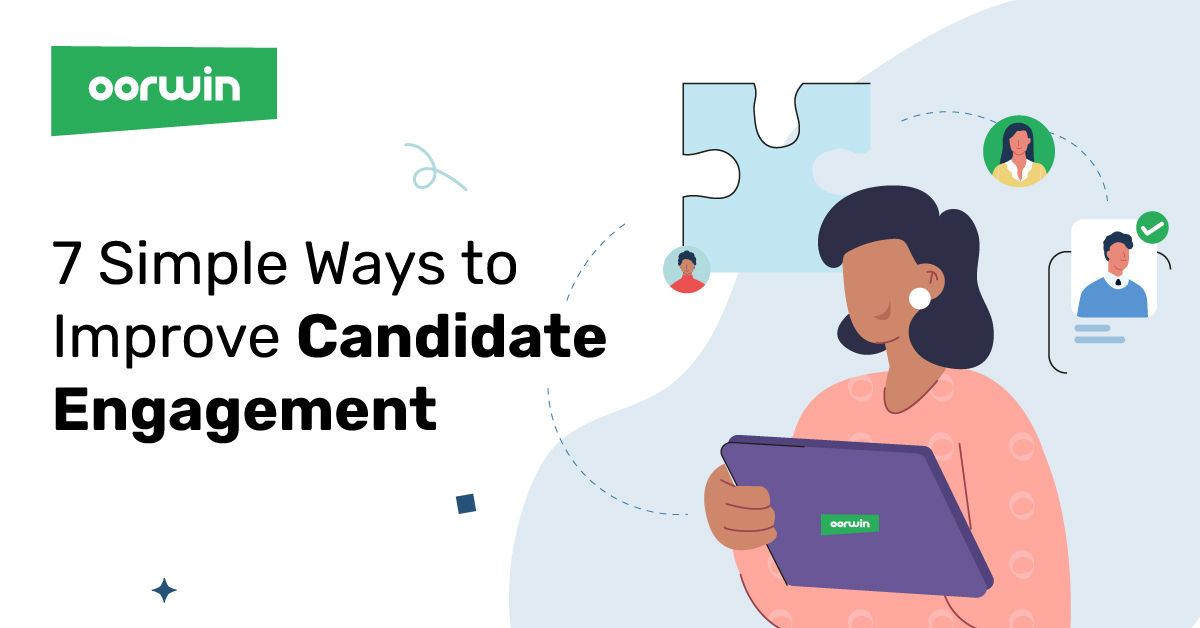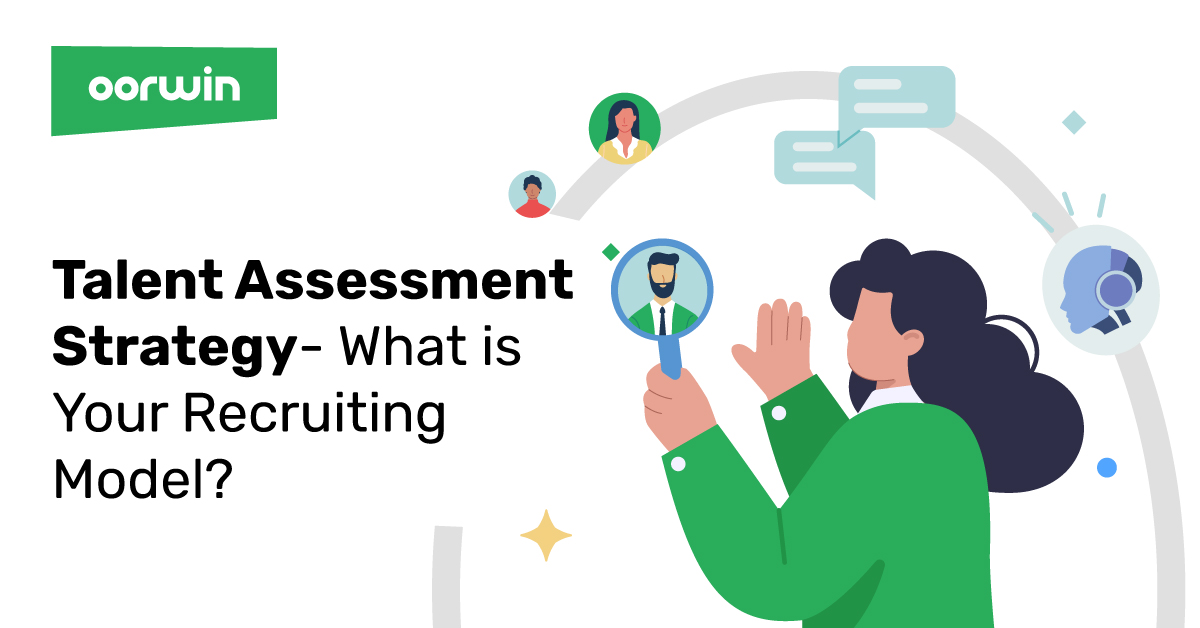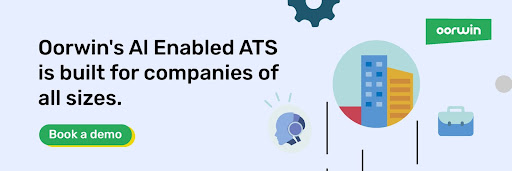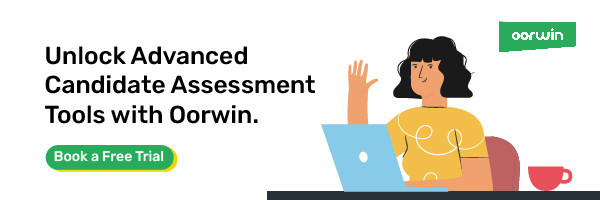What Is AI-Powered Hiring
Artificial intelligence has penetrated almost every industry, and its involvement in different aspects of a business will only increase in the future. One such area is in the recruiting process for companies. As the name suggests, AI for recruiting uses artificial intelligence to automate repetitive and time-consuming activities while providing talent acquisition teams with data-driven insights during the hiring cycle. Such insights can help recruiters make better hiring decisions, leading to improved hiring quality. AI recruitment tools can help to align the right talent to the right job roles building great teams for a company.
Benefits of Using Artificial Intelligence in Recruitment
Using AI-powered hiring has many benefits -from screening good candidates to saving time and providing an improved candidate experience.
Faster Initial Selection Process
No company wants to lose the best talent to competitors. If the hiring process is slow, chances are that the job applicants will have fewer offers, which ultimately helps tap the talent for the company. Using AI-powered hiring can help recruiters quickly identify suitable candidates, completing the hiring process faster.
Ease of Screening Candidates
A vital part of the hiring journey is sourcing suitable candidates. Often, recruiters spend a considerable chunk of their time doing just that. Unfortunately, that should not be the case.
The power of Artificial intelligence in recruitment can automate the process of manual sourcing and selecting suitable candidates. Deploying methods like keyword-based searches can fasten up the search process by narrowing down the most qualified candidates from a large pool of applicants.
Reduce bias
All humans come with some biases, even though we may not be aware of having them. If unconscious bias enters the recruitment process, potential employers can miss the best candidate for the position. Training to eliminate discrimination in recruiting is needed, but more is required. Standardizing interviews with AI-based recruitment solutions can reduce bias in the recruitment process to make the whole process transparent and fair.
Improve Engagement
Often we hear stories about the need for proper communication between a job applicant and a recruiter leading to an unpleasant experience. Building recruitment processes that are scalable and efficient can help to form better relationships with candidates providing them with an enhanced application experience.
Leveraging AI in recruitment for this is beneficial. Having the ability to interpret interview conversations can help hiring teams understand each candidate better.
Find top talent
One wrong hire can cost your company a lot of money. Not financially, it can create a setback in morale and productivity among team members. But this phenomenon of wrong hires is a common situation that every company faces.
Using AI for recruiting can come to the rescue. With the help of technology, recruiters can now find and hire the most suitable candidates from a large pool of applicants. Time-consuming activities like screening resumes to filter out the best candidates can be done quickly by AI-powered recruitment platforms aligning the right company to the proper role.
Artificial Intelligence in Recruitment : Top 5 AI Recruitment Tools in India
AI Recruiting Tools can help to streamline the recruitment process, from sourcing and engagement to selection and hiring. Top solutions also make it easy to manage paperwork and produce reports, providing an end-to-end hiring solution.
1. Skillate
Skillate is a cutting-edge decision-making engine designed to enhance and expedite hiring. It leverages the power of artificial intelligence to deliver intelligent hiring services, ensuring a seamless experience for candidates and providing valuable people analytics. Skillate also offers a unique feature that allows businesses to anonymize personal information about candidates, promoting unbiased hiring decisions.
2. TurboHire
TurboHire, an intelligent recruitment platform, employs a data-driven, structured, and collaborative approach. By harnessing the combined strength of human and machine intelligence, it generates insightful and data-centric information to source, screen, and assess candidates efficiently.
3. Oorwin
By leveraging artificial intelligence, Oorwin enhances various aspects of recruitment, including sourcing, candidate screening, and talent assessment. This innovative tool empowers recruiters with intelligent automation, enabling them to streamline workflows, make data-driven decisions, and ultimately find the best candidates for their organizations. Oorwin’s AI capabilities bring efficiency and accuracy to the recruitment process, helping businesses optimize hiring strategies and achieve better outcomes.
4. Talenture
Talenture is a recruitment solution that harnesses the power of AI and ML engines to provide valuable insights. The platform features a virtual recruitment expert, Marvin, who actively monitors and guides business job processing. Leveraging Intelligent Heuristics, Talenture’s algorithms evaluate candidates based on various parameters such as recency, availability, employability, or a combination thereof.
5. Zoho Recruit
Zoho Recruit, a cloud-based applicant tracking system, offers comprehensive hiring solutions tailored for staffing agencies, corporate HR departments, and temporary workforces. Powered by AI, Zoho’s recruitment software leverages automation to assist clients and businesses in various aspects of the hiring process. It facilitates candidate sourcing, resume screening, workflow development, and real-time candidate engagement through chatbots.
How are AI and Automation Revolutionizing the Recruiting Process
AI-powered recruitment is having a significant impact on the recruiting industry. By automating many of the manual and repetitive tasks associated with recruiting, such as resume screening, interview scheduling, and candidate matching, AI is freeing up recruiters’ time and allowing them to focus on more strategic and impactful tasks. This shift is helping recruiters to build stronger relationships with candidates and provide a more personalized and engaging candidate experience.
With AI, recruiters no longer have to spend countless hours sifting through resumes or manually scheduling interviews. Additionally, AI can provide recruiters with valuable data insights, helping them to optimize their recruitment strategies and make more informed decisions.
AI startups can disrupt traditional business models, particularly in the recruiting market, which generates value primarily when hiring candidates. This presents challenges for tech companies accustomed to fluctuating revenue streams. However, AI enables these companies to target specific segments with high recruiting demands, offering recurring revenue products. To facilitate this transition, investors and startups should explore commission-based models alongside the conventional Software as a Service (SaaS) approach.
How AI is Transforming the Role of Recruiters
AI is changing the game for recruiters by taking over some of their tedious, time-consuming tasks. This means recruiters can focus more on the human side of things, like building relationships with candidates and making final hiring decisions. But it’s important to remember that AI can’t replace the personal touch and instincts that a human recruiter brings. AI in recruitment is just making their jobs more accessible and more efficient.
Why should Organisations Leverage AI Powered Hiring?
AI-powered hiring platforms can help reduce bias in the recruitment process by using data and metrics to evaluate candidates objectively. Furthermore, AI can personalize the candidate journey, providing instant feedback, improving communication, and creating a more positive candidate experience. With AI recruitment platforms, organizations can collect data on the recruitment process, which can later provide valuable insights into the hiring process and enable organizations to make data-driven decisions. Lastly, Artificial Intelligence in recruitment can save money by reducing the time and resources required to fill open positions.
Frequently Asked Questions
How Is Artificial Intelligence Used in Recruitment?
The usage of AI in recruitment is helpful in so many ways. It can screen out suitable candidates, make the hiring process faster and more efficient, and remove bias that may creep in while hiring.
How can AI improve recruitment?
AI not only helps in bulk resume screening but also increases the quality of hire by standardized job matching. The more data is fed into AI-enabled ATS, the better the results are.
